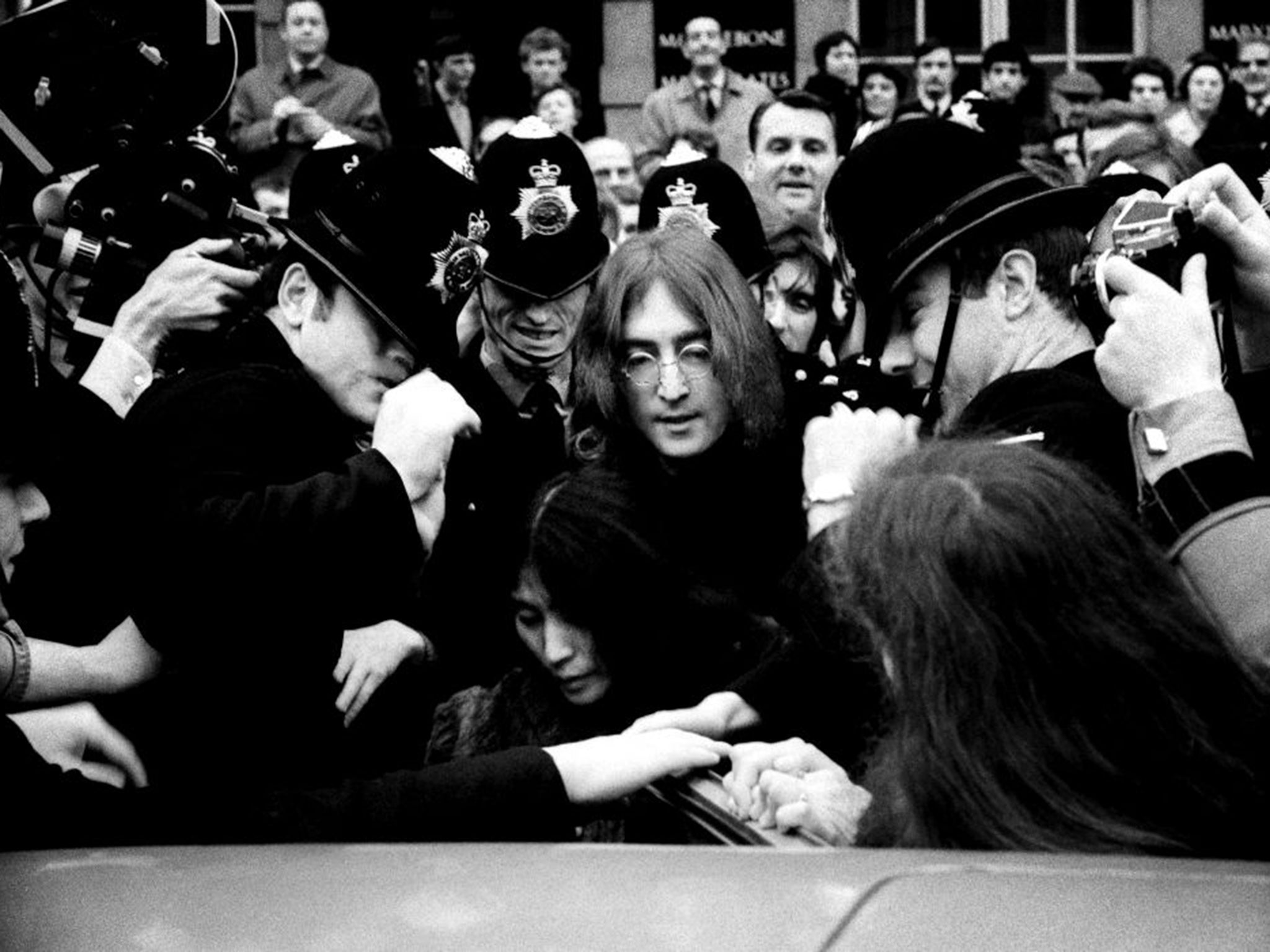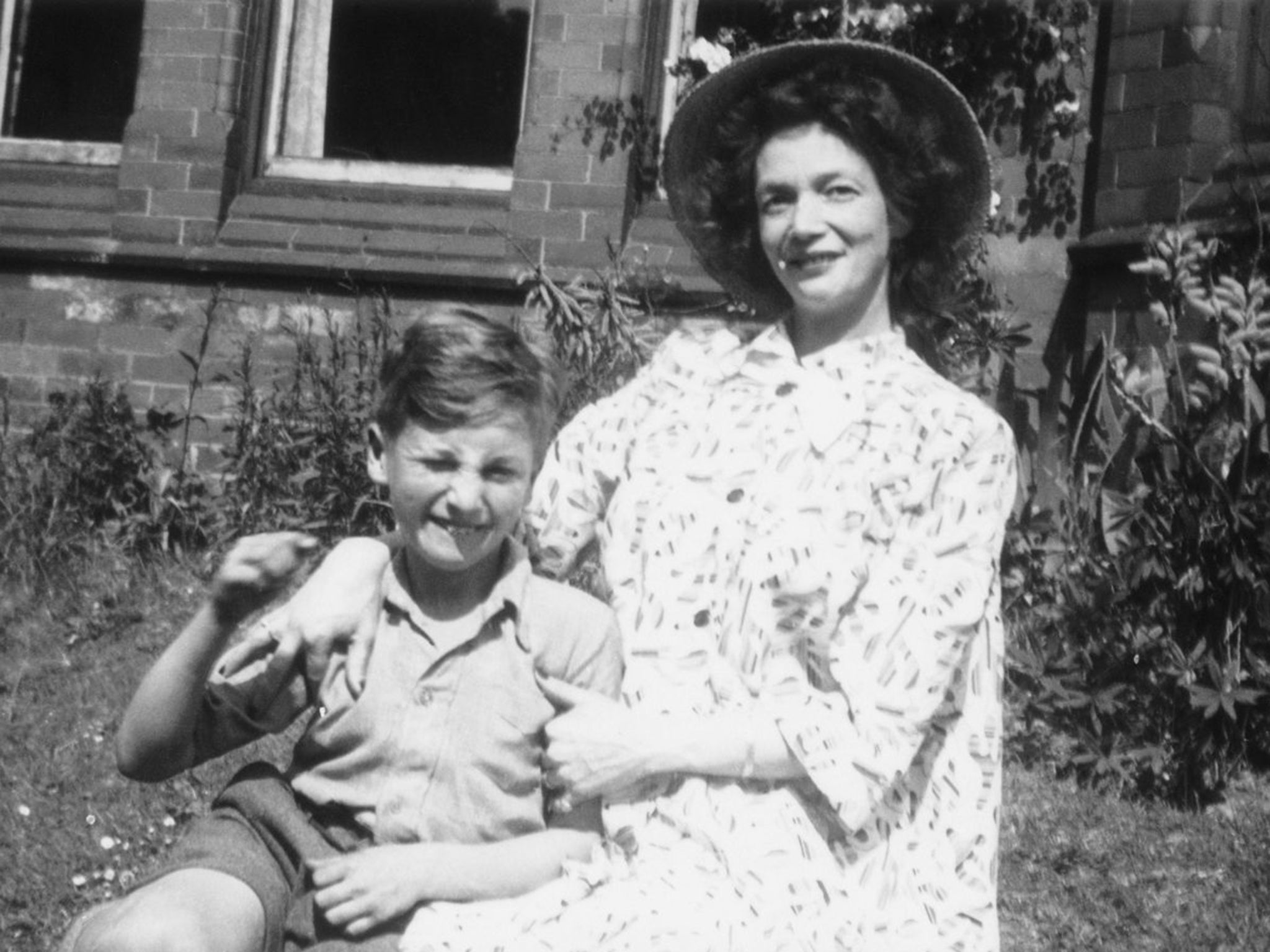John Lennon: The Beatle's great uncle revealed as a prolific criminal in newly-released records
William Lennon stole coats and trousers, before counterfeiting coins

Your support helps us to tell the story
From reproductive rights to climate change to Big Tech, The Independent is on the ground when the story is developing. Whether it's investigating the financials of Elon Musk's pro-Trump PAC or producing our latest documentary, 'The A Word', which shines a light on the American women fighting for reproductive rights, we know how important it is to parse out the facts from the messaging.
At such a critical moment in US history, we need reporters on the ground. Your donation allows us to keep sending journalists to speak to both sides of the story.
The Independent is trusted by Americans across the entire political spectrum. And unlike many other quality news outlets, we choose not to lock Americans out of our reporting and analysis with paywalls. We believe quality journalism should be available to everyone, paid for by those who can afford it.
Your support makes all the difference.In 1973, John Lennon was sued by an American music mogul for the claimed theft of lyrics written by rock and roll legend Chuck Berry. The case was settled out of the court but it turns out the Beatle was not the only member of his family to be accused of being light fingered.
Historic records which go online today for the first time show that a century before John Lennon’s unwelcome brush with the law, his great uncle was busy embarking on a life of prolific crime to make ends meet in Victorian Liverpool.
The documents detailing William Lennon’s criminal career, which started in 1876 with the theft of 11 coats and four pairs of trousers before eventually graduating to counterfeiting coins, are part of 1.9 million legal and criminal records held by the National Archives now available on the internet.
The vast database details the nefarious activities of hundreds of thousands of Britons over 157 years until 1936, as well as chronicling the lives of some of the justice system’s more notorious enforcers, including the man reputed to be Britain’s longest-serving hangman.
It is probably unlikely that John Lennon, himself murdered in 1980, was aware of the indecorous past of his relative. His father, Alf, had spent much of his childhood in orphanages and his marriage to John’s mother, Julia Stanley, was regarded with distaste by her family, who complained he was “certainly not middle class”.
Alf lost contact with his son after an abortive attempt to smuggle him away to New Zealand as a young child but his chicanery was minor compared to the antics of William, who spent 20 years committing offences after his parents had arrived in Liverpool as an impoverished Irish migrants in the 1840s.
William was variously convicted of burglary, two offences of pick pocketing and the theft of a coat as well as being tried for other crimes. By 1895 he had graduated to being found in possession of counterfeited coins.
It was a life of crime which literally left its mark on John Lennon’s great uncle. William’s prison record describes him as having 15 separate scars, including one on each of his eyebrows and three on his nose.
Experts said the records, which have been digitised in a collaboration between the National Archives and genealogy website Find My Past, offer a rare opportunity to explore an aspect of family histories which many in previous generations would have preferred to keep concealed.
Enjoy unlimited access to 100 million ad-free songs and podcasts with Amazon Music
Sign up now for a 4 month free trial (3 months for non-Prime members)
Enjoy unlimited access to 100 million ad-free songs and podcasts with Amazon Music
Sign up now for a 4 month free trial (3 months for non-Prime members)

Myko Clelland, a historian at Find My Past, said: “These new records offer a unique insight into the country’s criminal past. Whether villain or victim, anyone can now discover whether their family tree contains any hidden ‘black sheep’ or victims. The records make it possible to trace criminals through the justice system from arrest to punishment and rehabilitation.”
The documents, which date back to 1779, include records from criminal lunatic asylums to the archives of the Old Bailey and the calendar from the notorious Newgate Prison, where dozens of prisoners were executed prior to its closure in 1902.
Among the cases detailed is the career of William Calcraft, a cobbler who sold meat pies outside Newgate until a chance encounter with a passing hangman began his journey to becoming official Executioner for the City of London, and later across England.
Although he plied his trade for 45 years until 1874, attracting up to 30,000 spectators at a time, Calcraft was not widely respected for his hanging technique. The documents detail how he practiced the “short drop” by which the condemned were effectively left to be strangled by the noose, often with Calcraft clinging to their feet to speed their passage to death.
Criminals revealed
William Calcraft, hangman
An Essex cobbler who once sold meat pies outside London’s Newgate Prison, Calcraft became Britain’s longest-serving executioner between 1829 and his enforced retirement in 1874. His hangings attracted up to 30,000 spectators at a time but Calcraft was not widely respected for his hanging technique. He practiced the “short drop” by which the condemned were left to be strangled by the noose, often with Calcraft clinging to their feet to speed their passage to death.

Edward Ball, artist
When Ball was found to be in possession of a forged £5 note at his home in Lewes in 1807, he initially insisted it belonged to his wife who had in turn received it from a shop. But the documents show that when investigators searched his lodgings they found “fine paper, bottles of gun, red ink and fruit of lavender” as well as “camel hair pencils” used by forgers. Ball then claimed he had been merely drawing the bank notes as an artist but the courts took a dim view. He was condemned to death and hung in Horsham in April 1808.
Maria and Frank Manning
The couple were sentenced to public execution in 1849 for the murder of Maria’s lover Patrick O’Conner. The records reveal how the case caught the public imagination and led to an influx of pleas for mercy the Home Office for Frank to be spared. One petitioner wrote that he should be acquitted because he was only doing what “any red blooded man would do”. The pleas fell on deaf ears and both were hung at an execution witnessed by Charles Dickens, who is thought to have subsequently based his character of Mademoiselle Hortense in Bleak House on Maria.
John Bellingham, assassin of a Prime Minister
On 11 May 1812, some three weeks after he had been told by a Foreign Official that he should take whatever steps he believed proper to recover a debt incurred in Russia, John Bellingham, a bankrupt merchant, stepped forward in the House of Commons and shot then Prime Minister Spencer Perceval through the heart. He then sat down and calmly awaited arrest for the first and only assassination of a British prime minister. The records show many were sympathetic to his cause. One observer claimed he had died “to teach ministers that they should do justice”. Bellingham was hanged on 18 May 1812.